About Project-Based
Learning (PBL)
Let’s start by addressing what PBL is not.
1. It’s not simply a fun, creative, culminating project.
Don’t get me wrong, having students engage in making their own chef hats at the end of a unit on nutrition can be rewarding, can give students artistic expression, and can promote camaraderie in the classroom. But it’s kinda like dessert, a nice “extra” to cap off something substantive. PBL is the main course—the discovery of knowledge and skills through the development of a meaningful, sustained project.
2. It’s not something that comes in a box.
There are some fantastic kits out there, with ready-made science, engineering, and artistic activities. These can make for a lovely way to spend a Saturday afternoon with a child, but they are not PBL. Because PBL is authentic and dynamic, it cannot be packaged up and mass distributed like cars on an assembly line. Every implementation of a project in a PBL classroom will be unique based on the needs of the teacher, the students, current events, and more. But don’t Blue Apple projects come with a box? Yes, but the heart of PBL does not lie in a box of supplies or even a well-crafted lesson plan. Those are included in Blue Apple projects to save teachers time and to guide them in customization. The heart of PBL lies in the teacher and students working together to create authentic learning experiences.

3. It’s not a fad.
Ok, we’re not fortune tellers, so we may not be able to say that with 100% accuracy. After all, in education, we cycle through acronyms like a rock stars cycles through wardrobe changes at a concert. But whether or not the acronym “PBL” stays forever, the concept of integrating the acquisition of knowledge and skills into authentic learning experiences isn’t going anywhere.
“We only think when we are confronted with problems.”
—John Dewey
What is PBL then?
For us, project-based learning means creating authentic learning experiences that engage the heart, hands, and heads of all students.
Students are…
- Emotionally Engaged: The project is relevant to students. They see how their work will impact the things and people they care about.
- Actively Engaged: Students take an active role throughout the learning process. They design solutions, build prototypes, create models, pitch ideas, and more.
- Cognitively Engaged: Throughout the project, students construct knowledge and solve problems, gaining the key knowledge, skills, and understandings to be successful in school and beyond.
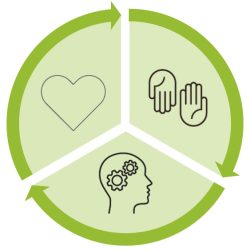
Cross-curricular Content
For elementary, project-based learning units are typically cross-curricular, addressing two or more content areas within the context of a project. In secondary grades, they may be more heavily aligned to one content area or another, but they still make connections across multiple fields of study. In either case, if we start with an engaging and relevant experience, we can usually connect most any content we need to teach. And when there is a common context, students are better able to make connections, learn deeply, and apply content knowledge in a variety of situations.
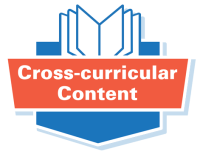
Real-world Connections
With PBL, the teacher works side-by-side with industry experts who can provide real-life information and offer students genuine feedback. The students also present their work to authentic audiences—people who are experts in, or who care about, the work students are doing. These real-world connections make content more relevant, leading to increased student engagement and application of knowledge.
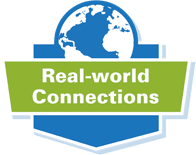
Collaboration
Project-based learning provides a genuine setting to develop student collaboration skills, one of the most sought-after skills in the workplace. Students work in groups to solve real-world problems and some might even take the challenge to partner with other classes around the globe!
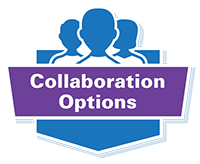
PBLWorks from the Buck Institute for Education has developed a model of Gold Standard PBL Design that outlines seven essential project design elements:
- Challenging problem or question
- Sustained inquiry
- Authenticity
- Student voice & choice
- Reflection
- Critique & revision
- Public product
*Our PD is inspired by the PBLWorks Gold Standard model. To see how Blue Apple projects align to the Gold Standard model, click here.
Why PBL? Because It Works!
Top 5 reasons to do PBL
- Increases long-term retention of content
- Improves problem-solving and collaboration skills
- Improves students' attitudes toward learning
- Prepares students for deeper learning, higher-level thinking skills, and intra/interpersonal skills
- Can work in different types of schools, serving diverse learners


